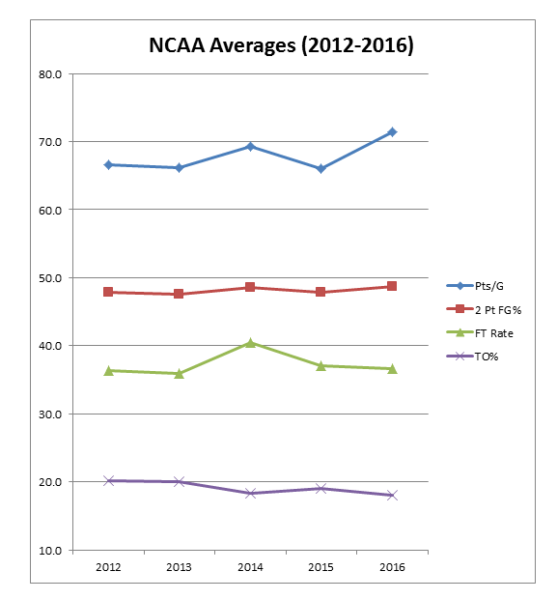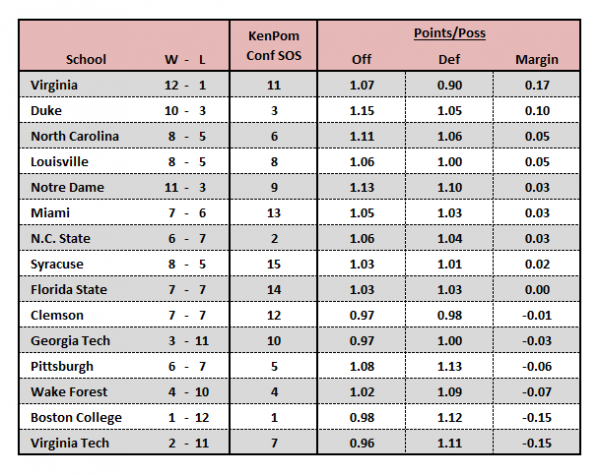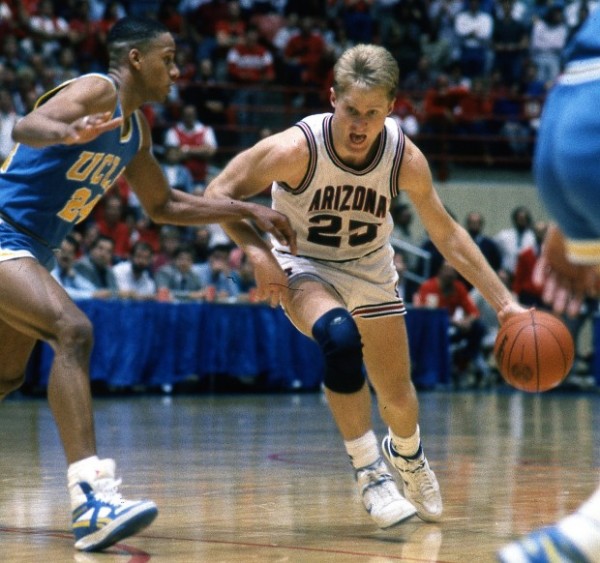Evaluating Last Season’s Rule Changes
Posted by Brad Jenkins (@bradjenk) on October 14th, 2016After a college basketball season in which overall scoring fell to its lowest point in the shot clock era, the NCAA Playing Rules Oversight Panel in 2015 approved a set of new rules and other modifications that were designed to increase the pace of action and increase overall scoring. Before we dive too deeply into the upcoming campaign, let’s evaluate the implementation of those rule changes by comparing some key metrics from last season against the four previous seasons.

There’s little doubt that college basketball benefited from last year’s rule changes. The average NCAA team scored 71.5 points per 40 minutes, an increase of 5.4 points over the prior year. This was a result of the wise decision to implement a comprehensive approach to implementation. Reducing the shot clock from 35 to 30 seconds was the most discussed change, but that alone didn’t account for the scoring bump. Offenses also got more efficient, rising from an average of 1.020 points per possession in 2014-15 to 1.036 last season. Credit for that improvement largely goes to officials for enforcing freedom of movement as well as to coaches and players for adapting to the new rules. The same cannot be said about the 2013-14 season, one in which the NCAA first tried to address declining offense. A focus that year on officiating led to more points but the uptick in scoring was mostly driven by a huge increase in free throw attempts (see chart above). It did nothing to make the game easier on the eyes, and it also correspondingly left us with a need for drastic changes because referees reverted back to previous norms the following season (2014-15).











































